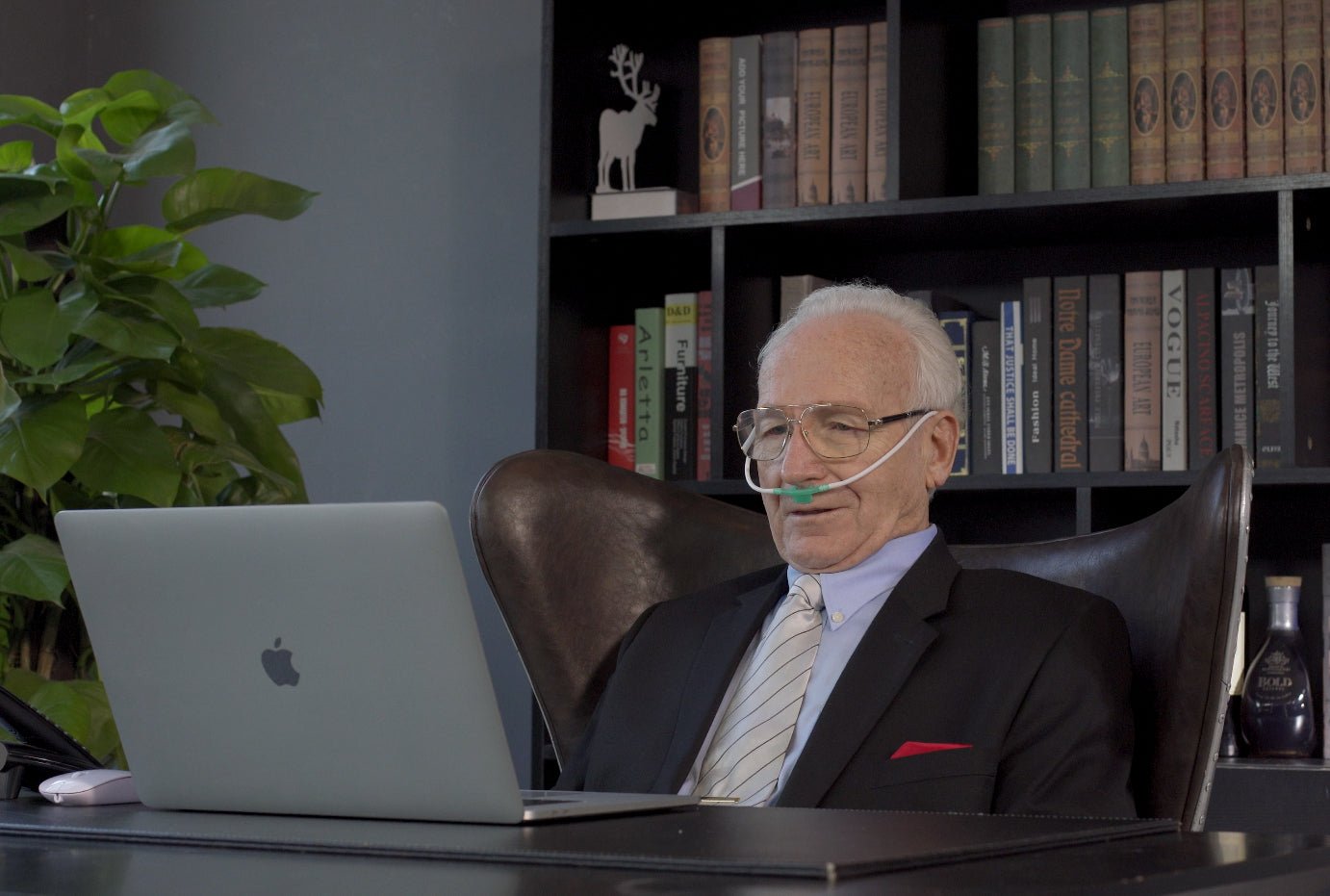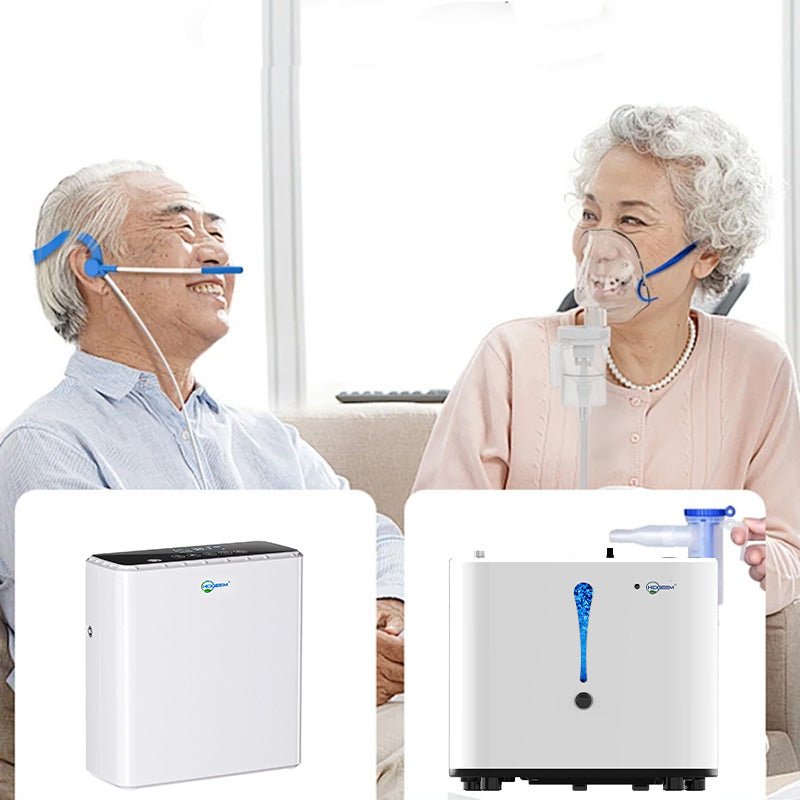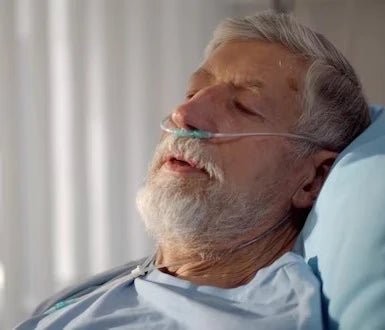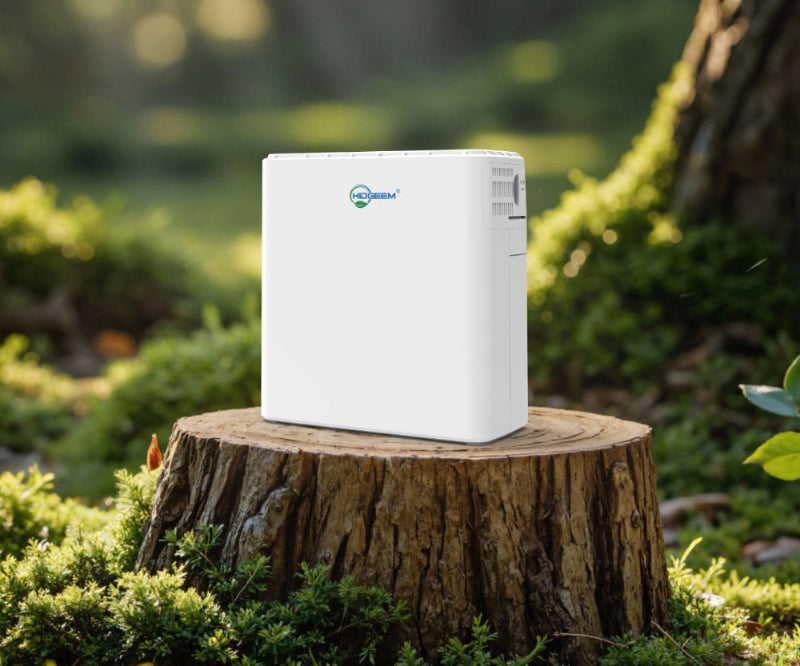News

How to choose an oxygen concentrator?
on Apr 24 2024
When choosing an oxygen concentrator, we first need to establish a unified standard so that it is relatively fair for each brand. We use the national standard of 93% ± 3 as a fixed reference value for the oxygen concentration produced by the concentrator.
On the premise of meeting this standard, the maximum oxygen output of the concentrator is 1L, 3L, 5L and as reference standards to define the target audience and performance of the concentrator:
1L oxygen concentrator is suitable for students and pregnant women who generally need oxygen therapy, provided that the oxygen concentration meets the standard. It provides about 30 minutes of oxygen therapy to relieve temporary fatigue and provide more energy.
3L oxygen concentrator can meet the standards of medical oxygen and is suitable for elderly people at home to receive health oxygen therapy or for patients with chronic diseases such as hypertension, hyperglycemia, hyperlipidemia, coronary heart disease, obesity, etc. The main purpose is to increase blood oxygen saturation. If there is more oxygen in the blood and it meets the standard, it can prevent the occurrence of other diseases.
5L oxygen concentrator is suitable for patients with heart and lung functional diseases. It can not only meet serious diseases such as emphysema, pulmonary heart disease, and moderate to high chronic obstructive pulmonary disease, but also meet the needs of long-term oxygen supply and effectively alleviate sudden acute wheezing patients.

How long is the appropriate length of time for an oxygen concentrator to inhale oxygen?
on Mar 19 2024
Inhaling oxygen through an oxygen concentrator is a health care method that many people are already familiar with and understand. As the number of people using home oxygen concentrators continues to increase, how to use oxygen correctly has indeed become a headache for many people. So how to use a home oxygen concentrator to breathe oxygen correctly? How to generally control the oxygen inhalation time?
Users need to accurately understand their usage and choose an oxygen concentrator that suits them. For users, we are currently divided into mild hypoxia, moderate hypoxia, severe hypoxia, and special oxygen-consuming groups. Each group of people needs to develop a plan that meets the actual hypoxia situation according to the different degrees of hypoxia. Oxygen therapy plan.
Mild hypoxia: This type of hypoxic people are mainly young white-collar workers and office workers. They work in a high-pressure, closed environment for a long time, resulting in blood oxygen saturation lower than normal, causing drowsiness and lack of concentration. Symptoms such as difficulty concentrating. We can use an oxygen concentrator to provide appropriate oxygen to increase our own blood oxygen saturation and improve work efficiency.
Moderate hypoxia: Most of the people suffering from this type of hypoxia are the elderly and patients with moderate to mild respiratory diseases, cardiovascular and cerebrovascular diseases. The blood oxygen saturation of this group of people is lower than the normal level for a long time, and they may suffer from chest tightness, asthma and other symptoms. A self-contained portable oxygen concentrator provides scheduled oxygen therapy every day and can be used at different times. Between 3-4 hours a day, use oxygen for half an hour each time, using low-flow, high-concentration oxygen supply.
Severe hypoxia: These people mainly suffer from respiratory diseases for a long time. Generally, doctors will recommend that such users equip themselves with a medical oxygen concentrator at home and need to supplement oxygen for more than 8 hours a day. This group of people is recommended to supplement oxygen therapy according to the doctor's recommendations, and also needs auxiliary drugs for treatment.
Special groups: This group is mainly divided into hypoxia during pregnancy and hypoxia in severe diseases. Generally, doctors will develop a detailed oxygen therapy plan based on the actual hypoxia situation of this group of people. Oxygen inhalers need to strictly abide by the doctor's oxygen inhalation plan for supplementary oxygen operations.
After reading the article, everyone will have a new positioning and understanding of home oxygen therapy and their own hypoxia. In various hypoxic situations, oxygen should be supplemented appropriately according to your own situation.

How to choose an oxygen concentrator ?
on Mar 19 2024
When choosing an oxygen concentrator, we first need to establish a unified standard so that it is relatively fair for each brand. We use the national standard of 93% ± 3 as a fixed reference value for the oxygen concentration produced by the concentrator.
On the premise of meeting this standard, the maximum oxygen output of the concentrator is 1L, 3L, 5L and as reference standards to define the target audience and performance of the concentrator:
1L oxygen concentrator is suitable for students and pregnant women who generally need oxygen therapy, provided that the oxygen concentration meets the standard. It provides about 30 minutes of oxygen therapy to relieve temporary fatigue and provide more energy.
3L oxygen concentrator can meet the standards of medical oxygen and is suitable for elderly people at home to receive health oxygen therapy or for patients with chronic diseases such as hypertension, hyperglycemia, hyperlipidemia, coronary heart disease, obesity, etc. The main purpose is to increase blood oxygen saturation. If there is more oxygen in the blood and it meets the standard, it can prevent the occurrence of other diseases.
5L oxygen concentrator is suitable for patients with heart and lung functional diseases. It can not only meet serious diseases such as emphysema, pulmonary heart disease, and moderate to high chronic obstructive pulmonary disease, but also meet the needs of long-term oxygen supply and effectively alleviate sudden acute wheezing patients.

Can I wear an oxygen concentrator to inhale oxygen while sleeping?
on Mar 19 2024
Unless there are special circumstances, it is best not to use an oxygen concentrator to inhale oxygen while sleeping. Only people who are hypoxic need oxygen. If you do oxygen therapy at home, you need to look at two indicators: blood oxygen partial pressure and blood oxygen saturation. Only people whose blood oxygen partial pressure is lower than 60 mmHg or whose blood oxygen saturation is lower than 90% need supplemental oxygen. If there is no hypoxia, there is no need for oxygen.
Blindly inhaling oxygen will cause side effects. If healthy people inhale high-flow oxygen in a short period of time, it will cause oxygen poisoning, which is manifested by symptoms such as burning sensation behind the sternum, dry cough, nausea and vomiting, irritability, and difficulty breathing. High oxygen concentrations can cause lung tissue damage, and unsterilized oxygen masks or tubes can also increase the risk of respiratory infections. If oxygen is to be inhaled, blood oxygen partial pressure and blood oxygen saturation tests must be performed beforehand. Oxygen concentrators have certain effects on people suffering from hypoxia, such as chronic obstructive pulmonary disease, asthma, bronchiectasis, gas poisoning and other diseases. When patients develop hypoxemia, oxygen therapy is needed to relieve symptoms. Home oxygen therapy can indeed change the course of COPD, but it must comply with the indications and be performed under the guidance of a doctor.

What is the difference between an oxygen concentrator and a ventilator?
on Mar 19 2024
Many customers who don’t understand the product think that oxygen concentrators and ventilators are the same thing. But I want to say that although both can help solve breathing problems, there are still certain differences in nature.
The working principles and differences between the two machines:
Ventilator: A device that can replace or improve human breathing, increase lung ventilation, improve respiratory function, and reduce the consumption of breathing work.
Oxygen generator: A machine used to extract high-concentration pure oxygen. It compresses and purifies the air, produces oxygen, and delivers it to the patient after purification.
Differences in functions & functions
Ventilator: Used for patients with lung failure or airway obstruction that prevents them from breathing normally. It assists or controls the inhalation and exhalation functions of the human body and helps patients complete the breathing process of exhalation and inhalation.Oxygen concentrator: suitable for patients with respiratory diseases, cardiovascular and cerebrovascular diseases, and plateau hypoxia. Mainly solves the symptoms of hypoxia in patients.
Generally speaking, the ventilator solves the patient's ventilation problem, and the oxygen concentrator solves the patient's low blood oxygen saturation problem.

Working principle of an oxygen concentrator
on Mar 19 2024
Molecular sieve is a particle with multiple small pores and is the core component of oxygen concentrator operation.
These small pores are measured in micrometers and can be used to select which gas substances can pass through based on the size of molecules in the air. This oxygen production technology uses a physical method of screening the diameter of molecules in the air for oxygen production, and there are no side effects during the working process.
The oxygen concentrator uses molecular sieves as the key and compressors as the power to separate the oxygen and nitrogen accumulated in the air, ultimately obtaining high concentrations of oxygen. The view that "oxygen concentrators are filtration systems rather than oxygen production systems" is one-sided, as filtration is the primary step in oxygen production, ensuring that the incoming air is clean enough, the output oxygen concentration is high enough, and safe.
Strictly speaking, the filtration of an oxygen concentrator only consists of three levels: filter cotton, compressor oxygen inlet filter, and bacterial filter. Some brands promote fifth and sixth level filtration, which is not true.

